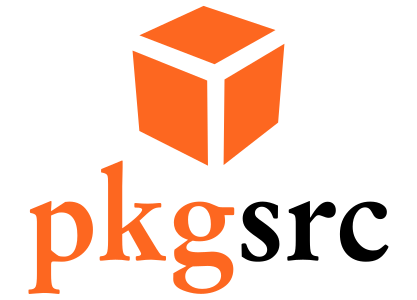
When creating graphic libraries you most likely end up dealing with points and rectangles. If you're particularly unlucky, you may end up dealing with affine matrices and 2D transformations. If you're writing a graphic library with 3D transformations, though, you are going to hit the jackpot: 4x4 matrices, projections, transformations, vectors, and quaternions. Most of this stuff exists, in various forms, in other libraries, but it has the major drawback of coming along with the rest of those libraries, which may or may not be what you want. Those libraries are also available in various languages, as long as those languages are C++; again, it may or may not be something you want. For this reason, I decided to write the thinnest, smallest possible layer needed to write a canvas library; given its relative size, and the propensity for graphics libraries to have a pun in their name, I decided to call it Graphene. This library provides types and their relative API; it does not deal with windowing system surfaces, drawing, scene graphs, or input. You're supposed to do that yourself, in your own canvas implementation, which is the whole point of writing the library in the first place.
Binary packages can be installed with the high-level tool pkgin (which can be installed with pkg_add) or pkg_add(1) (installed by default). The NetBSD packages collection is also designed to permit easy installation from source.
The pkg_admin audit command locates any installed package which has been mentioned in security advisories as having vulnerabilities.
Please note the vulnerabilities database might not be fully accurate, and not every bug is exploitable with every configuration.
Problem reports, updates or suggestions for this package should be reported with send-pr.